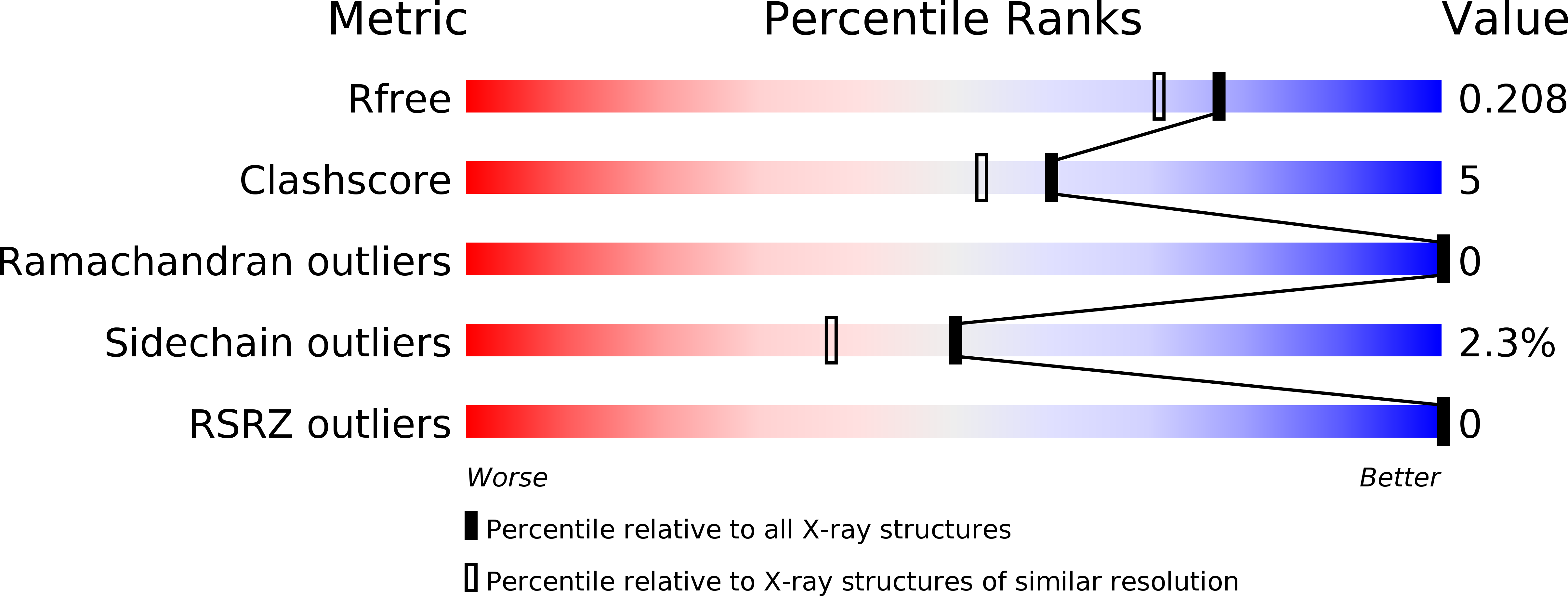
Deposition Date
2011-08-01
Release Date
2011-10-19
Last Version Date
2024-03-20
Entry Detail
PDB ID:
3T83
Keywords:
Title:
Human Carbonic Anhydrase II in complex with Acetylated Carbohydrate Sulfamates
Biological Source:
Source Organism:
Homo sapiens (Taxon ID: 9606)
Host Organism:
Method Details:
Experimental Method:
Resolution:
1.80 Å
R-Value Free:
0.20
R-Value Work:
0.16
R-Value Observed:
0.16
Space Group:
P 1 21 1


